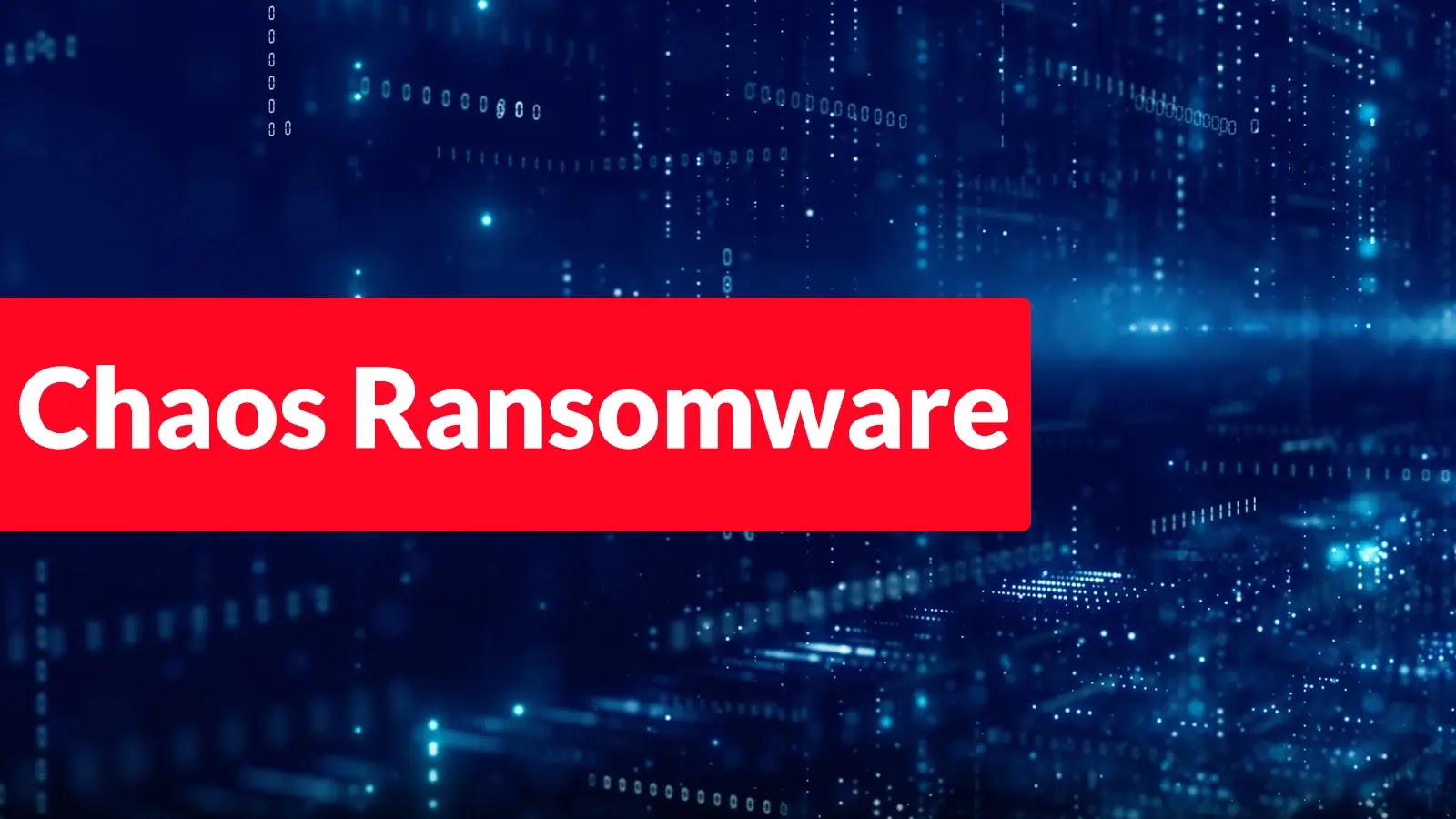In late September 2025, cybersecurity experts identified a formidable new ransomware strain, dubbed Chaos, that has redefined the landscape of cyber threats with its unprecedented speed and complexity. This malware encrypts critical data within mere seconds of execution, leaving organizations with minimal time to respond.
Rapid Encryption and Widespread Impact
Chaos has swiftly infiltrated sectors such as manufacturing, healthcare, and finance, causing extensive system outages. Attackers have launched large-scale campaigns utilizing Remote Desktop Protocol (RDP) exploits and spear-phishing emails laden with malicious content. The malware propagates through a custom loader that exploits unsecured RDP sessions and conceals itself within packed DLL modules, facilitating rapid lateral movement across networks.
Advanced Evasion Techniques
Forensic investigations have revealed that Chaos communicates with command-and-control servers hosted on resilient infrastructures employing fast-flux DNS rotation, complicating efforts to dismantle these networks. The malware’s encrypted communications utilize ChaCha20 streams linked to unique session tokens, ensuring each attack instance remains isolated. Notably, Chaos’s payloads are remarkably small, often under 100 KB, indicating a high degree of code optimization.
Challenges in Mitigation
Incident response teams have faced significant challenges in decrypting affected volumes before Chaos initiates data destruction routines, which erase backup snapshots and volume shadow copies on Windows systems. Researchers at Fortinet’s FortiGuard Labs identified this strain after detecting high-severity alerts triggered by unusual DLL loads and abnormal file renaming patterns. The malware’s polymorphic engine introduces minor code changes with each compilation, effectively evading signature-based detection methods.
Sophisticated Encryption Mechanisms
Chaos employs a hybrid cryptographic approach, combining 3072-bit RSA for key exchange with elliptic-curve ChaCha20 for file encryption. This results in rapid file locking coupled with a robust key exchange mechanism that is challenging to break. Victims have reported receiving ransom notes demanding payments in Monero, with amounts tailored based on automated assessments of the victim’s assets.
Infection Mechanism: In-Memory Execution
The infection process of Chaos involves a two-stage in-memory execution designed for stealth and speed. The initial dropper masquerades as a legitimate MSI installer and uses Windows Management Instrumentation (WMI) to invoke the secondary payload directly in kernel memory. This method bypasses disk writes, leaving minimal traces on the host filesystem. Once active, the loader resolves API addresses at runtime, further evading static analysis.
Implications for Cybersecurity
The emergence of Chaos underscores the evolving sophistication of ransomware threats. Its rapid encryption capabilities, advanced evasion techniques, and complex infection mechanisms present significant challenges for traditional cybersecurity defenses. Organizations must adopt proactive measures, including regular security audits, employee training on phishing awareness, and the implementation of advanced threat detection systems to mitigate the risks posed by such advanced malware.



